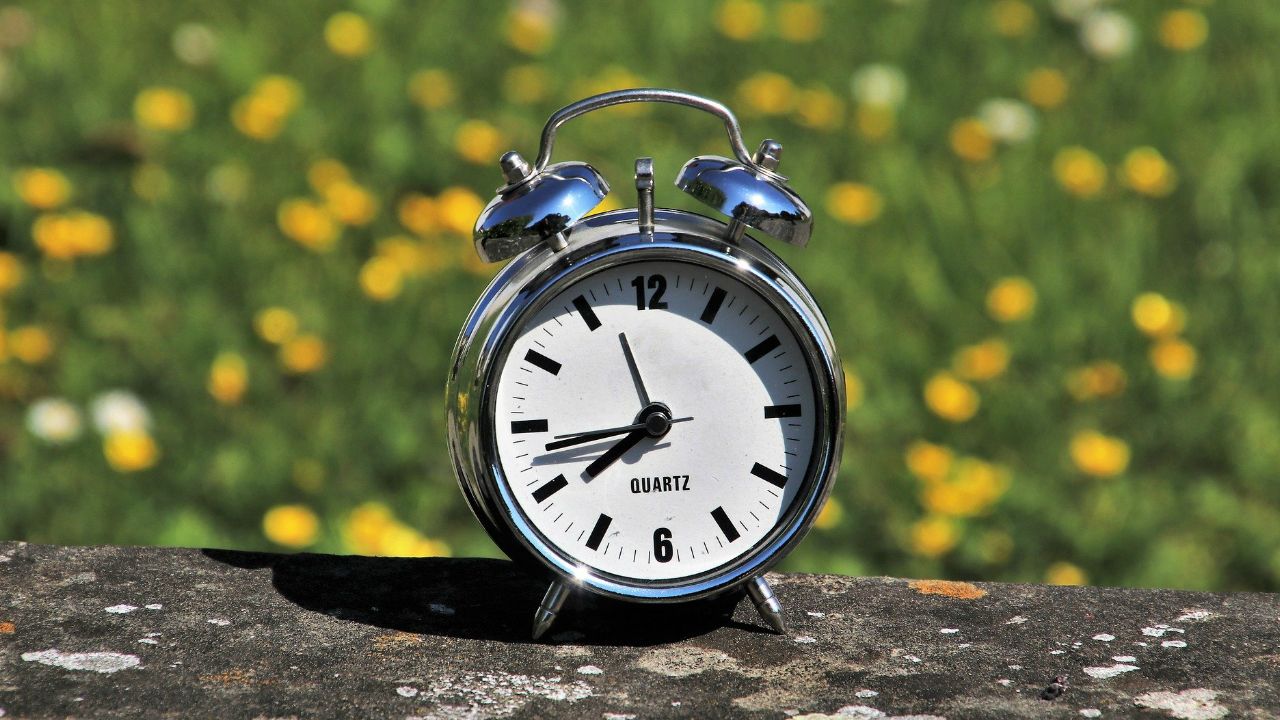Fall has settled in, and with November right around the corner, that means the end of daylight saving time is too.
For many of us, we think of it as an extra hour of sleep, but what exactly is daylight saving time?
The general idea behind daylight saving time is to allow us to make better use of natural daylight. In doing so, we move clocks ahead one hour from standard time to enjoy “longer” days during the warmer months.
We return to standard time in the fall when clocks are set back as cooler begins to weather settles in.
The thought was that, because several hours of daylight would extend into the evening during daylight saving time, less electric lighting was needed, therefore conserving energy. While that may have been the case at one point, lighting has become much more efficient in recent times.
These days, it’s likely that your air conditioner is the culprit for increased energy usage during the hot summer months.
Even though daylight saving time didn’t become official in the United States until 1918, some of the first known talks of “saving” time date back to Benjamin Franklin in the 1700s. While it was initially enacted during time of war in the first half of the 20th century, it became permanent for much of our country in 1966.
Right now, if you wake up at 7 a.m., it’s still dark outside, and you may want to hit the snooze button hoping to get a little more sleep until the sun comes up. That will change Sunday, November 1st, with the sun slated to rise an hour earlier at 6:45 a.m. as we return to standard time.
So don’t forget to set your clocks back by one hour before going to bed Saturday night. This is also a good time to change the batteries in your carbon monoxide and smoke detectors as well.






